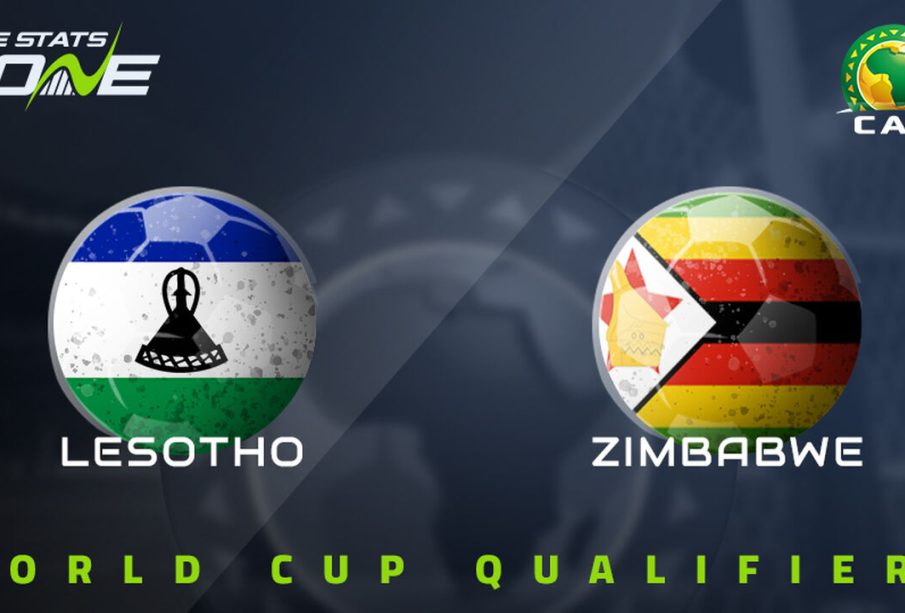Lesotho vs Zimbabwe: A Comparative Overview

Introduction
The recent political and economic dynamics in Southern Africa have brought increasing attention to the nations of Lesotho and Zimbabwe. Understanding the differences and similarities between these two countries is crucial, particularly in the context of their historical backgrounds, governance, and economic challenges. This analysis highlights the current situation in both countries, reflecting on their significance in the African landscape.
Economic Background
Lesotho, a landlocked country surrounded by South Africa, relies heavily on its neighbor for trade and employment. The economy is primarily based on remittances from Basotho workers in South Africa, contributing about 20% to its GDP. However, Lesotho faces challenges such as high unemployment rates and poverty, with a significant portion of its population living below the poverty line.
In contrast, Zimbabwe is known for its rich natural resources and agricultural potential. Yet, decades of political instability and economic mismanagement, including hyperinflation that peaked in the late 2000s, have drastically affected its economy. In recent years, Zimbabwe has made tentative steps toward stabilization, yet it continues to struggle with issues of food security, currency devaluation, and foreign investment challenges.
Political Landscape
Lesotho has experienced a tumultuous political history, marked by coup attempts and frequent changes in government since its independence from Britain in 1966. The latest elections held in October 2022 aimed to stabilize the political climate but resulted in a coalition government facing legitimacy challenges.
Zimbabwe’s political scene is dominated by the Zimbabwe African National Union-Patriotic Front (ZANU-PF), led by President Emmerson Mnangagwa since 2017. The country has faced criticism regarding human rights abuses and electoral irregularities. The 2023 elections have sparked debates about democracy and governance, drawing international attention and scrutiny.
Social Issues and Future Outlook
Socially, Lesotho has high rates of HIV/AIDS and challenges in healthcare access, which further exacerbate its economic issues. International organizations continue to work within the country to improve these conditions, focusing on health, education, and women’s empowerment.
Zimbabwe, on the other hand, deals with the consequences of brain drain, as many skilled professionals have sought opportunities abroad. The government faces the daunting task of reviving its education system and healthcare, both crucial for national development and social stability.
Conclusion
In conclusion, while Lesotho and Zimbabwe share some geographical proximity and historical ties, their paths diverge significantly in terms of governance, economic stability, and social issues. Observers will be keen to see how both nations confront their internal challenges and leverage opportunities for growth in the coming years. Understanding their complexities is not only important for the citizens of these nations but also for stakeholders globally who are invested in the future of Southern Africa.









